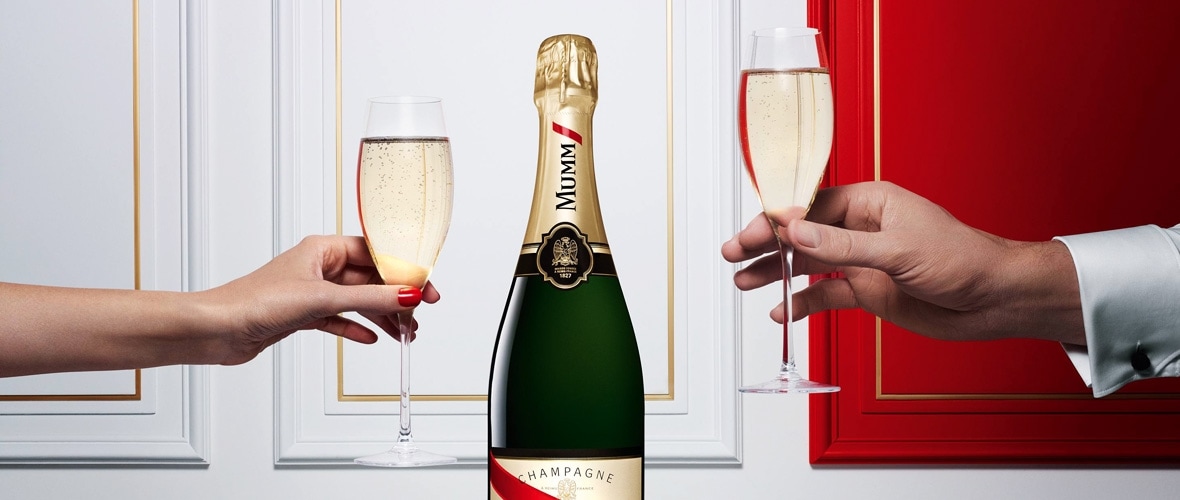From the anthropological point of view, the very essence of celebrations and celebrating may be brought down to a ritual of contradicting the rules of everyday life. “A holiday is when we know that this day is different from every other day.” To celebrate means “to be a better, different version of yourself.” This is exactly what champagne symbolizes – it is exclusive, special, and beyond compare.
The tradition of drinking champagne to mark celebrations originated in the 18th century when in the royal courts of Europe expensive alcoholic drinks became symbolic of wealth and prestige. Toasting with champagne gradually became an increasingly popular custom, especially among sportsmen celebrating victories. The ritual of popping bottles of champagne and spraying it over the crowd was initiated by racing driver Jo Siffert who accidentally soaked the crowd in champagne upon winning the 24 Hours of Le Mans in 1966, thus wasting a bottle of Moët
& Chandon.
Champagne symbolizes something unique, but also joyful – it honors the moments of happiness and success. It’s difficult to imagine
a New Year’s Eve celebration without proposing a toast with a glass of this golden, gently sparkling drink. We drink it to the health of those celebrating their birthdays, to celebrate jubilees. It is the crowning moment of the most momentous occasions, may be an elegant gift, and constitutes an attribute of sporting victories. How is it that this variety of wine has become the favorite drink of the famous and rich and the symbol of luxury and prestige for each of us?
Champagne’s unique nature is above all the result of a special manufacturing process. It is made in the Champagne region, in the northeast of France, where growing grapes is difficult. To improve its aroma the producers tried bottling it before the end of the first fermentation, but carbon dioxide released in the process was causing the bottles to explode. Then, the experimenting had begun. Wine producers tried combining different grape varieties, using thicker bottles and oak wood corks to seal the bottles. Champagne houses (maisons de champagne) began to emerge in the 17th and 18th centuries, but it wasn’t until the 19th century that Louis Pasteur learned the secret of fermentation, which initiated the development of méthode champenoise. Officially, the name “champagne” was registered in 1911 and shortly after that, it was recognized as the national treasure of France. The road to enormous success wasn’t smooth, but champagne has something other alcoholic beverages don’t.
Kolleen M. Guy, author of the book “When Champagne became French”, notes that in a secular society, we want to mark both the joy and sanctity of the occasion. Champagne does this symbolically, but also visually, when the corks pop and the froth is abundantly flowing out of glasses. Just the act of opening a champagne bottle is enough to mark a celebration. Its symbolic value comes from smashing champagne bottles on new ships before launching and breaking full glasses on the floor during wedding festivities. We don’t even have to taste it, the sole presence of a bottle of expensive champagne makes an event exclusive.
For a celebration ritual to make sense, thick and rich froth is necessary. Good champagne matures in bottles for at least two years. This lengthy process ensures that its texture will be perfect and that it will age nobly. We should remember that champagne makes a perfect pairing for many dishes and can honor even the smallest dinner parties and not only the greatest victories in the world.
